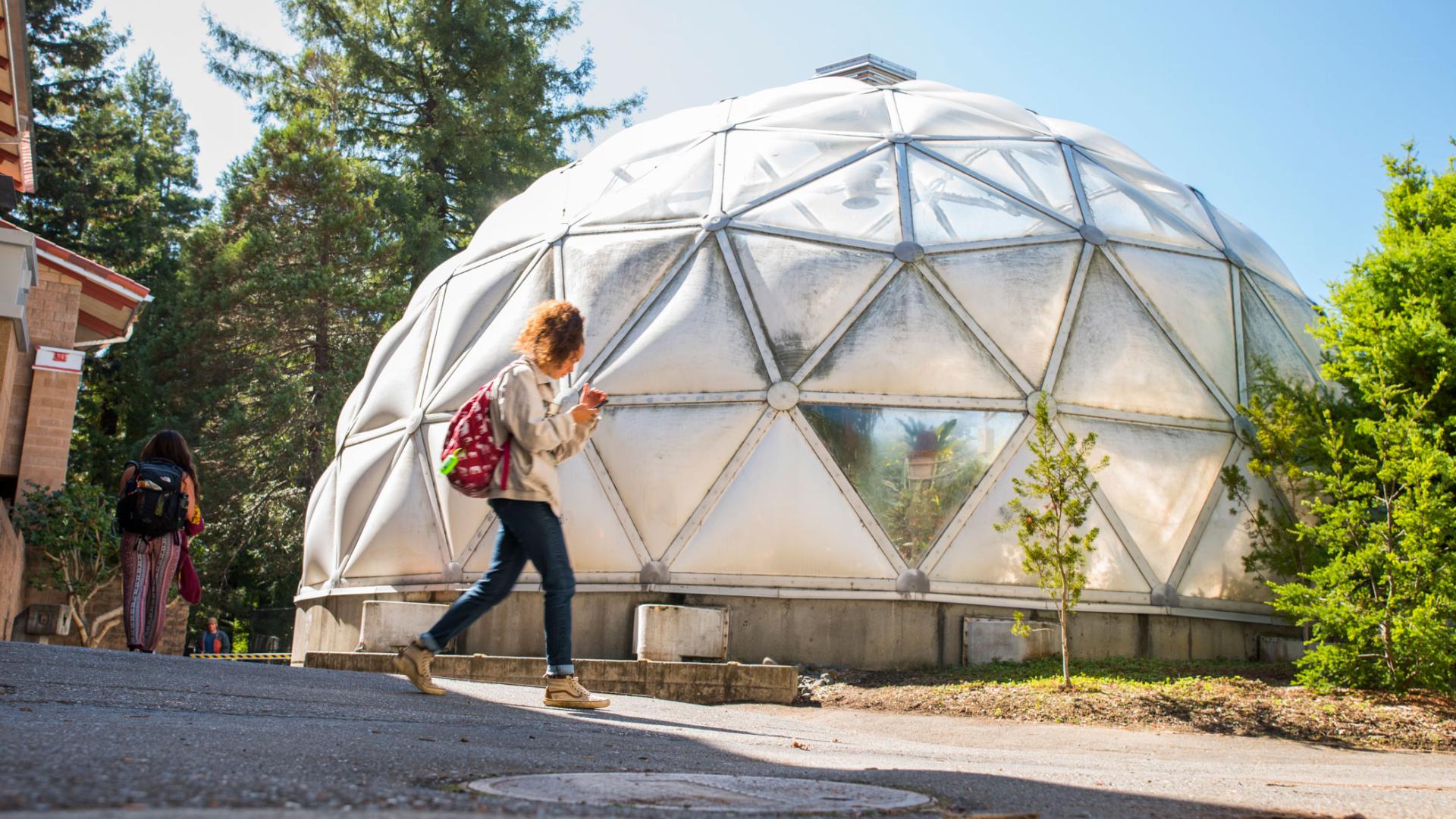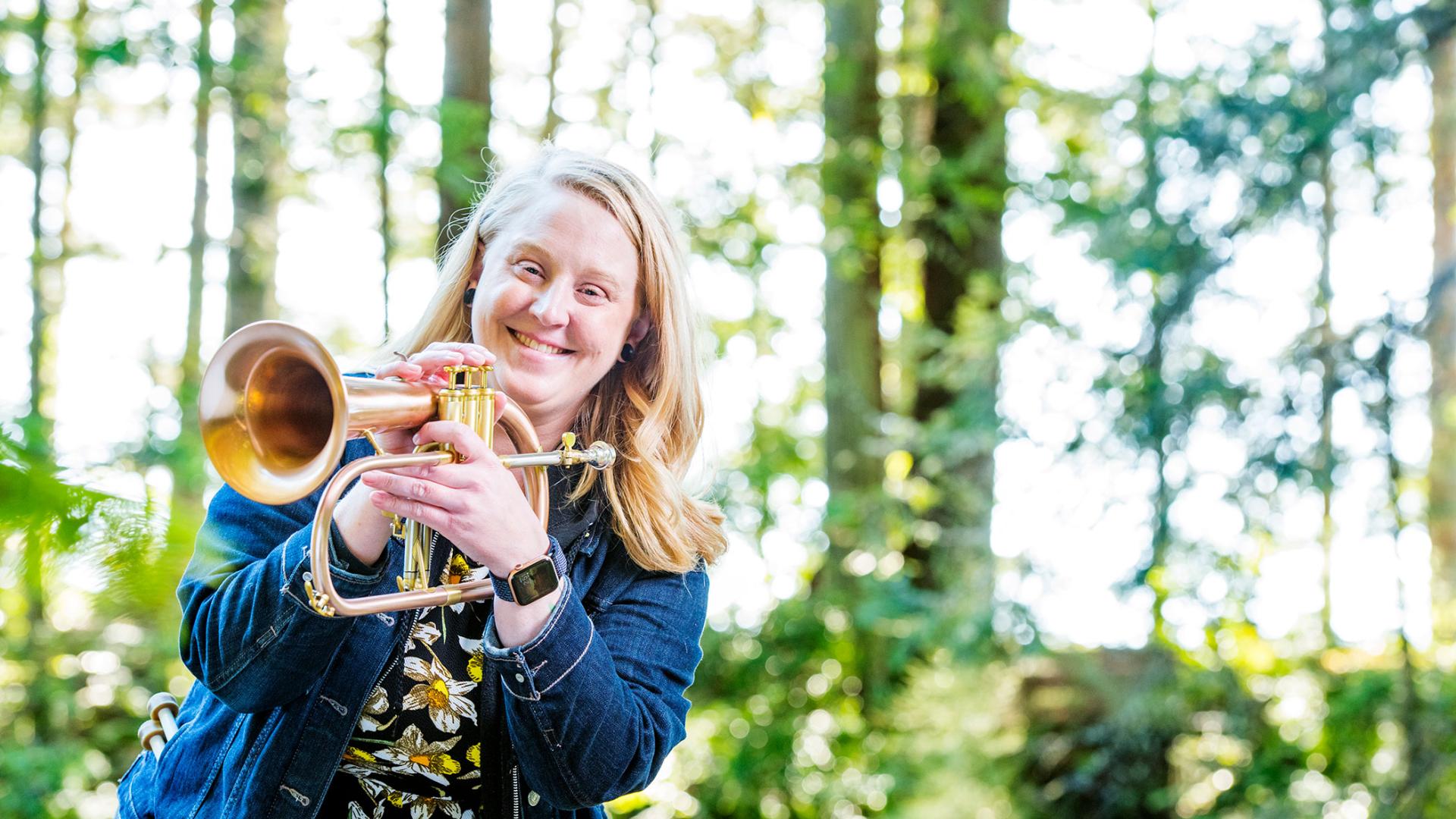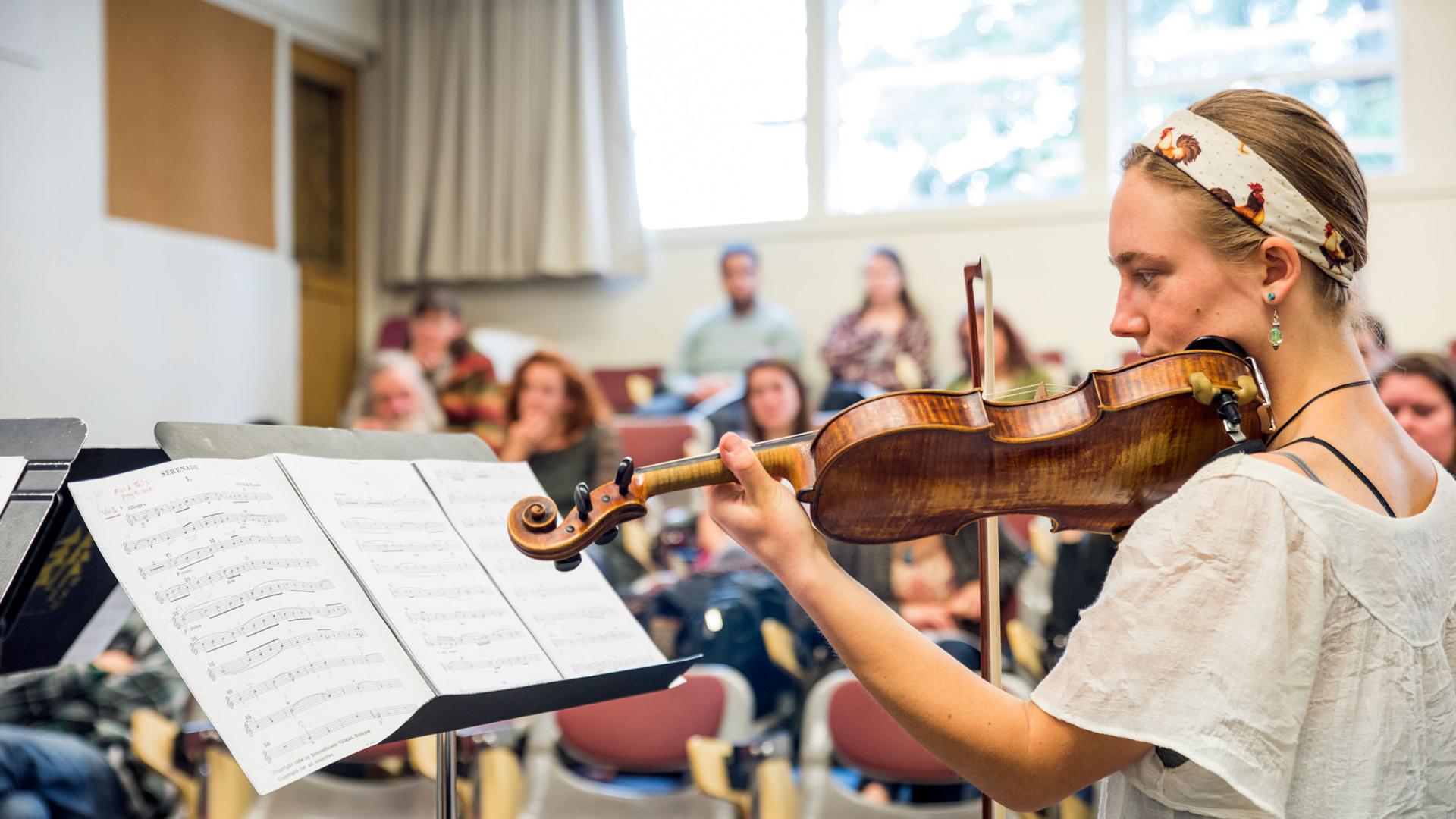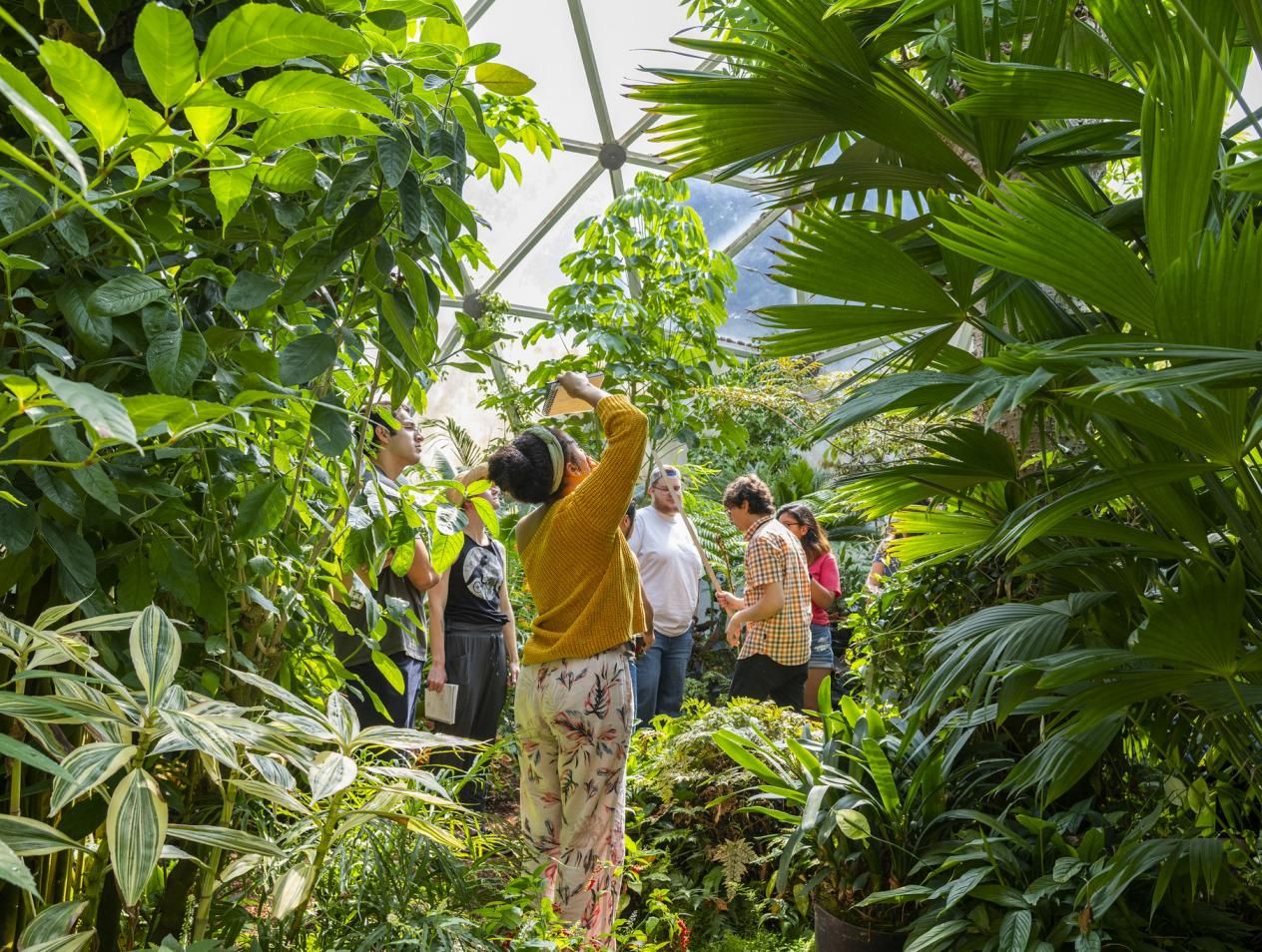Breadcrumb
Research Experiences (BIOL 490/498/499)
Research and Individual Study Experiences (BIOL 490/498/499)
We encourage all students to consider participating in research and individual study experiences! These experiences can teach skills that cannot always be learned in traditional classes, such as the process of formulating a novel scientific question and designing a study aimed at answering that question. These experiences can be valuable and relevant for developing your interests and career goals.
Student projects take a variety of shapes, including:
- field- or lab-based research projects mentored by faculty (BIOL 490 or 499);
- discipline-specific research in a small class setting taught by faculty (BIOL 498);
- training and engagement in discipline-specific activities at Cal Poly Humboldt or elsewhere (BIOL 499).
Why do a BIOL 490/498/499?
These 1-2 unit projects enable students to:
- work closely with faculty and/or graduate students;
- gain valuable experience in your chosen field;
- explore possible post-graduate careers through hands-on learning in your discipline;
- Explore current questions and topics in the sub disciplines of biology and find your passion!
Catalog Descriptions
Note that BIOL 490 and 499 require that you obtain a permission number from the faculty member who will be your advisor for the course/research experience.
- BIOL 490 - Senior Thesis - Written thesis based on student- or faculty-designed project approved by advisor. These theses normally follow the traditional scientific format and include all the components of a research paper. Faculty Approval must occur before enrollment;
- BIOL 498 - Marine Biology Capstone Research - Independent research course in which research is conducted under faculty supervision;
- BIOL 499 - Directed Study - Individual student- or faculty-designed project work. Conference, reading, and field- or lab-based research can be used. Faculty Approval must occur before enrollment;
- BIOL 482 - Supervised Internship - With the approval of a faculty advisor, the BIOL 499/BIOL 490 course can be replaced by BIOL 482 (Supervised Internship) for those students interested in pursuing healthcare careers.
How do you find a 490/498/499 for yourself?
There are many avenues to find a research experience including:
- discuss research opportunities with your major advisor, professional advisor, INRSEP, or the Academic Career and Advising Center (ACAC);
- identify interesting research in your major through interactions with faculty and grad students in class and approach them to become involved;
- before completing summer internships, talk with your advisor to see if they can count toward this requirement;
- check out the Department of Biological Sciences website and read about faculty members’ research interests. Contact them to ask about getting involved in research opportunities.
Which majors have research experiences as a requirement for graduation?
- Botany (Biol 490/499)
- Biology, Marine Biology Concentration (Biol 490/498/499)
- Biology, Science Education Concentration (Biol 499)
Which majors have an option for a research experience to provide restricted elective units?
- Biology, Celular/Molecular Biology Concentration (Biol 490/499)
- Biology, Ecology Concentration (Biol 490/499)
- Biology, General Biology Concentration (Biol 490/498/499)
- Biology, Microbiology Concentration (Biol 490/499 OR Biol 440)
- Zoology (Biol 490/499)
Examples of past research experiences (490/498/499):
BIOL 499 - Directed Study
- A student described thin sections of fossilized fish scales and compared their anatomy to previously described morphotaxa;
- Cadaver Prosection - Students assist in dissection of human cadavers used in teaching Human Anatomy;
- Students learn and help to prepare specimens at the Vertebrate Museum (either teaching or research material);
- Horse Locomotion - A student examined the effect of equine massage on locomotion in her horse;
- Evaluation of bat roosting at Lanphere and Ma-le'l Dunes and establishment of artificial roosts;
- Students learn and conduct comparative morphologic analyses using the specimens available at the Vertebrate Museum;
- Students work to inventory and organize the tissue collections from the Vertebrate Museum, and learn basic lab protocols to obtain DNA sequences from samples available at the cryogenic collections;
- Students work on tours, outreach and science communication to promote Vertebrate Museum interest from Cal Poly students and community in general;
- A student used CT scans to visualize and compare the anatomy of the inner ear of several shrew species;
- Banana Slug microbiome - students developed aseptic dissection methods to culture and extract DNA from different tissues in this iconic animal (Arilomax columbianus). Findings indicate diverse gut bacteria, and low diversity slime microbial communities;
- Pitcher plant microbial function - students conducted a dilution-to-extinction experiment to establish the role of pitcher plant (Darlingtonia californica) fluid bacteria in the degradation of insect prey;
- Bioinformatic tools and tutorials - Students identified steps in bioinformatics pipelines that could be automated. To fill this gap, they developed tutorials and scripts to provide resources to make the pipelines more efficient. Specifically, students developed entry Python tutorials, and fluorometric data processing scripts in R;
- Students do immunofluorescence and biochemical analysis of proteins that become activated in early embryonic development and cancer;
- Students select a topic of interest and create an annotated bibliography on that topic;
- Specimen Collection Projects. Students collect 20 plant specimens: taxa of their own choice, focused on either the local flora, habitat types, or specific taxonomic groups. Students learn: 1) how to collect archival quality specimens for herbaria, 2) to use various resources to develop their identification and keying skills, 3) to produce specimen labels using standard herbaria protocols, 4) to navigate databases for queries on specimen collections, taxonomy and nomenclature, and distribution;
- Students with interest in a future in the K-12 teaching profession take part in the Science Education Internship Program at the Natural History Museum. Humboldt students are first trained and mentored and then either 1) lead science lessons for regional K-12 students who either visit the museum in person or visit virtually, or 2) take part in science curriculum development;
- Students study and describe new species of fossil plants, fungi, etc. and sometimes even get to name them (at least 10 new species named, to date);
- Students update campus maps of botanical teaching specimens;
- Student creates a map of "lichen hot spots" on Humboldt campus to be used as a treasure hunt activity for future cohorts of BOT 355;
- A student used CT scans to visualize and describe the anatomy of the inner ears of several shark species;
- Students assisted graduate students in preparation and description of histological sections of fish anatomy;
- Students survey areas of interest (e.g., Ma-le'l Dunes, a swamp in Arcata Community Forest, a ski area near Lake Tahoe, a serpentine outcrop in the Klamath Mountains) to document lichen and/or bryophyte diversity;
- Students isolated gene sequences to identify cryptic amphibian species;
- Students used molecular assays to detect the presence of pathogen DNA on amphibian hosts.
BIOL 490 - Senior Thesis
- Metabolic co-regulation and species coexistence in pitcher plants- Student developed a single substrate media (Chitin) to study how pitcher plant bacterial strains grow in mono and mixed cultures. The experiment revealed that these bacteria degraded chitin more efficiently in mono culture, indicating potential negative interactions between strains that compromise functional efficiency;
- Student did field surveys and laboratory experiments to study variation in shell form and function in a predatory marine snail that exhibits a remarkable range of shell shapes and is a textbook example for adaptive phenotypic plasticity;
- Student studied whether rock crabs and octopus induced the same behavioral responses in a local marine snail to determine whether these other predators could compensate for the local loss of ochre sea stars (due to sea star wasting syndrome), which elicits strong behavioral responses in these snails with cascading effects on seaweed communities;
- Student studied whether rock crabs could compensate for the local loss of a keystone predator, the ochre sea stars (due to sea star wasting syndrome) by controlling California mussel populations through predation;
- Student studied whether the shells of California mussels from regions exposed to seasonal upwelling were more susceptible to ocean acidification than mussels from regions that don't normally experience episodic exposure to acidic seawater;
- Student studied whether California mussels from regions exposed to seasonal upwelling could convert food to somatic growth better than mussels from regions that don't routinely experience pulses of food from upwelling;
- Student documented the northern range expansion of a predatory marine snail into Humboldt County, almost 400km north of where the snail's northern limit was previously documented;
- Students helped design, execute, and analyze biochemical and immunofluorescence experiments with murine neural progenitor cells and cryosections to identify signaling pathways responsible for migration and cell fate determination. The results were summarized in a research paper and presented at scientific conferences; results as a written report;
- Students review and summarize the literature on specific topics of plant anatomy and development (e.g., anatomy and development of lycophyte leaves; anatomy and development of reaction wood), which sometimes leads to novel perspectives.






